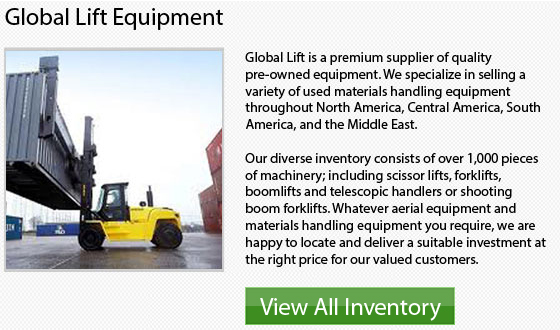
On the market nowadays are lift trucks which are classed in 7 various classes. Classes 1-4 comprise lift trucks which are engineered specially to operate on smooth surfaces indoors. They might be chosen for particular aspects of recycling that happen in those types of environments. For more rigorous outdoor recycling operations, categories V and VII lift trucks are typically utilized.
There are many company applications that work outdoors and need to deal with extreme workloads. Their lift truck selection will gravitate toward Internal Combustion or IC machines in Class V and Class VII. These models work really well in any weather and have sufficient power to run heavy items during the course of a shift.
Another key thing to take into consideration is to operate a forklift safely. Knowing and acknowledging the center of gravity is really vital when driving a lift truck, particularly while traveling on uneven terrain. Knowing the stability triangle in these difficult work conditions is also very important.
Normally, warehouses may use different kinds of reach trucks. Several manufacturing operations and the supply area for many textile firms also depend on various models. Using a reach truck to store finished merchandise on pallets, a range of materials and other pieces of machinery is common. These kinds of equipment help to keep a facility organized and allow them to use the maximum amount of area by stacking vertically. Reach trucks are fairly simple to use. They can help make better use of both available storage area and time.
It is extremely recommended to buy a new forklift if you are going to need the lift truck for 4 to 8 hours a day. With such continuous use, the warranty alone could come in handy. If, on the other hand, you are just unloading and loading on a bi-weekly basis or not very often, then a second-hand unit can be suitable for your requirements. Each situation is different and you should assess your personal needs prior to selecting a suitable machinery.